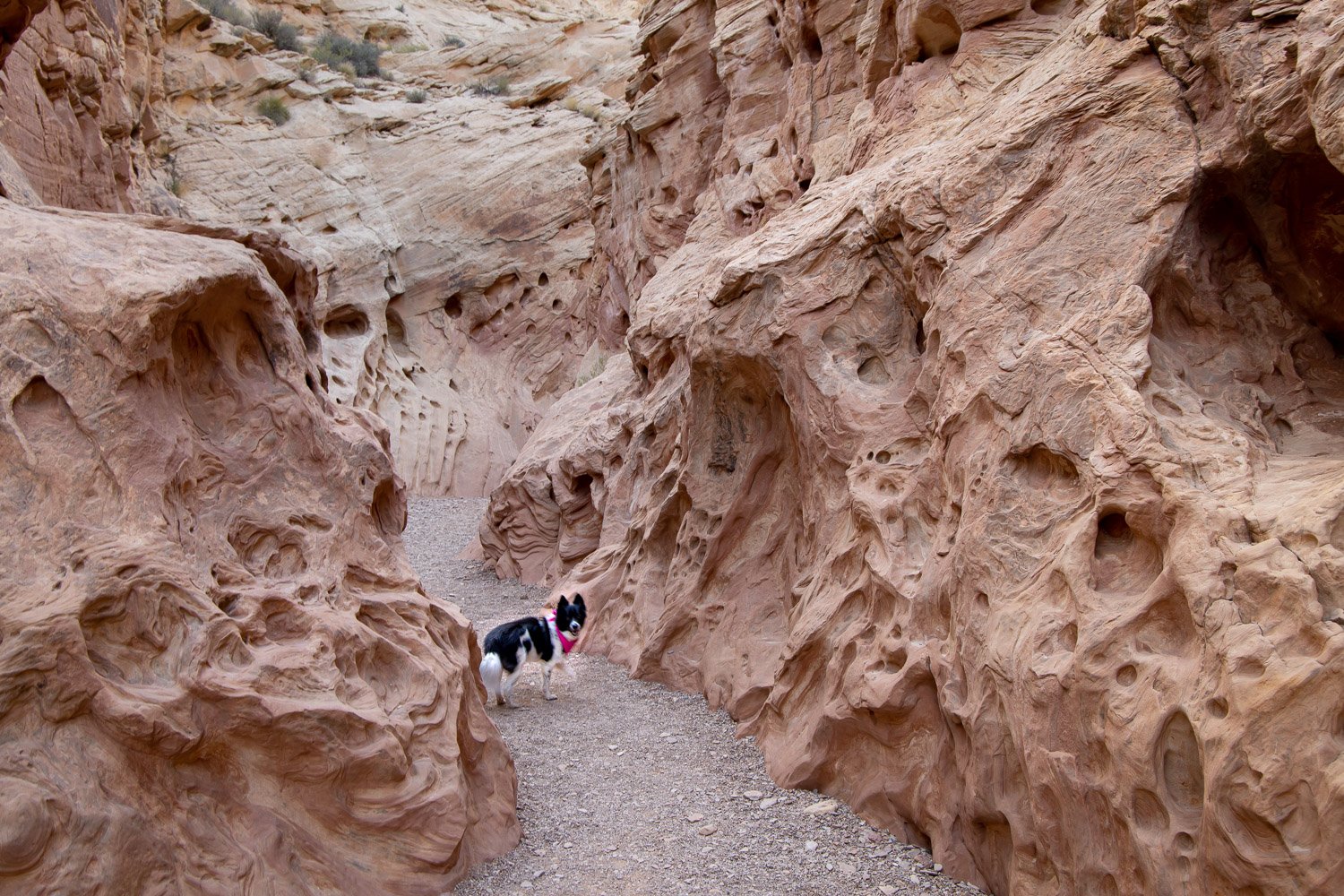I generally focus on nature images in this photo blog, but while today’s subject is human made, it fits so well into its setting it seems a part of the natural environment.
House on Fire, Bears Ears National Monument, Utah
These granaries were built under the cliff to store food in this harsh environment to store for hard years. Harvests are completely unpredictable, but the Ancestral Puebloans maintained a population in the Four Corners area larger than there is today by living sustainably in this desert. This site is up Mule Canyon on Cedar Mesa. The spectacular streaks of desert patina and the flaked sandstone give the wonderful appearance of flames. I can image the builders being quite proud of the beauty of this creation for storage.
Stepping back provides a very different view. I visited in the late afternoon and as you can see, I was waiting for the sun to get lower in the west to light up roof. Unfortunately, the clouds got heavier, and the sun less intense and the light show didn’t occur. Still, a remarkable site.
Unfortunately, these were not the only flames on this trip. One reason to plan this trip in late spring was to avoid fires. It didn’t work.
Bent’s Old Fort National Historic Site, Colorado
This site was closed the week before I arrived because of this fire. There were still fire crews working blazes nearby. Fortunately, the 1840s reconstructed Santa Fe trail trading post was unharmed, but all trails were still closed as they assessed damage. The ranger said the old oak tree in front would need to come down since it is next to the trail approaching the fort. The hawk who sits sentinel there will need a new home.
Cerro Pelado fire, Santa Fe National Forest, New Mexico
Even in late April, the New Mexico news was dominated by fires throughout the state. When I returned in early May, I checked websites and discovered by plan to visit Valles Caldera National Preserve would not occur because it was closed due to this fire. Instead, I visited nearby Manhattan Project National Historic Site in smoky Los Alamos, and Bandelier National Monument on the east side of this fire. Fortunately, the air was clear there when I visited, but it would soon be closed for three weeks as the wind shifted and the fire got closer. The fire is nearly contained, but it is still burning in June.
Pronghorn
Of course, wildlife and ecosystems are used to fire on the prairie, but they face enormous challenges in the catastrophic changes occurring. The front page of today’s New York Times has graphics and images of the conditions in New Mexico of extreme drought and rising temperatures. As I crossed the northeast corner of the state, I had to go around the Hermits Peak and Calf Canyon fires. They have now joined and are the largest fire in the state’s history. I visited Pecos National Historic Park on the west side of the fire, but it soon closed for two weeks due to fire risk and has reopened but closed its trails.
Fort Union National Monument, New Mexico
Massive Fort Union was the largest outpost on the Santa Fe Trail. A civil war battle was fought here, but its growth occurred following the war to support the travelers on the Trail and to be the logistics center for Indian removal throughout the southwest. The image above is of the ruins of the massive supply buildings and are reminders that the genocide of Native Americans was a huge, coordinated effort.
Officer quarters, Fort Union NM
The Calf Canyon fire, as the others, started from prescribed burns meant to reduce fire risk. The others quickly got out of control, but this one silently burned since January and once merged with the Hermits Peak fire has consumed over 350,000 acres. And is still burning. Fort Union closed for a couple weeks, but has reopened with fire restrictions. Reaping what was sown.


















